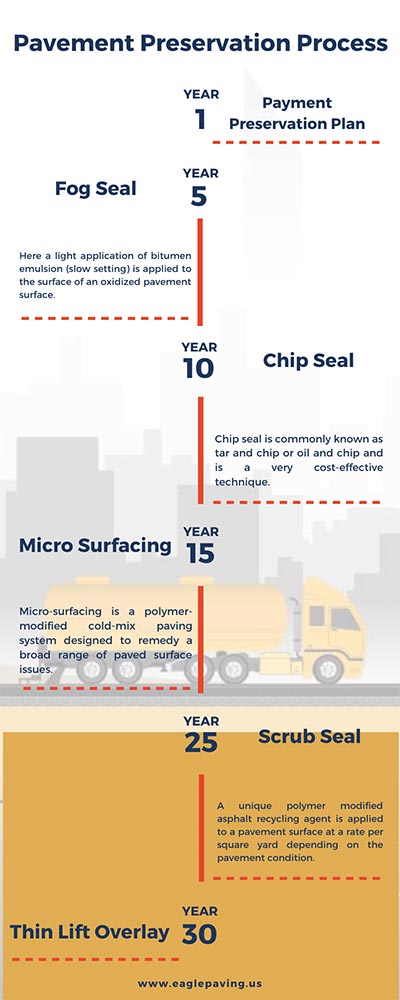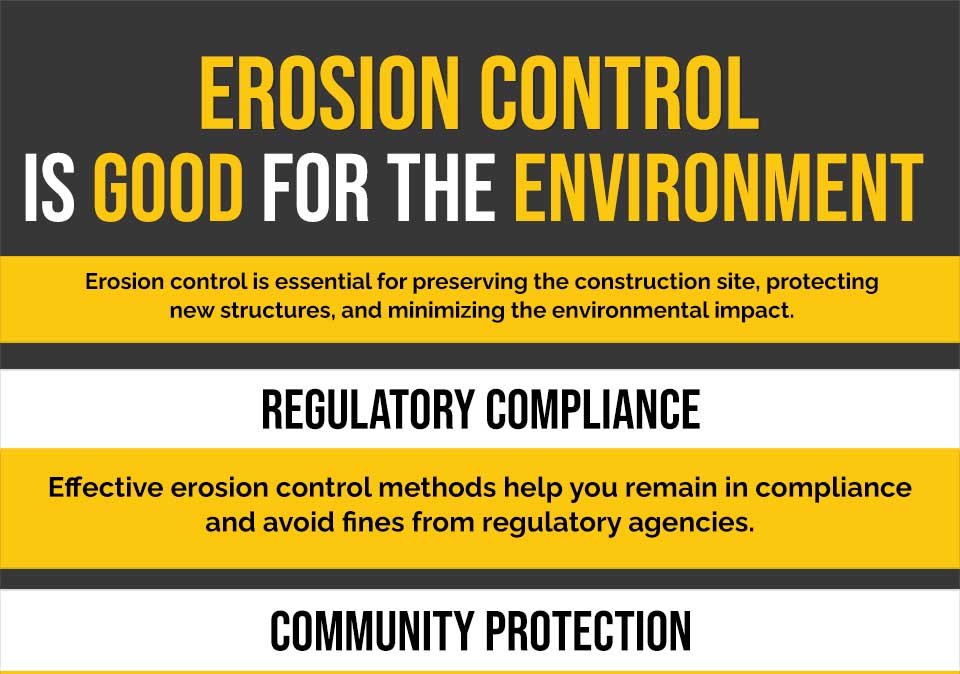
How to Pick the Best Asphalt Company
March 1, 2021
What is Asphalt Paving?
March 1, 2021 Pavement preservation is a proactive approach to protecting, maintaining, and extending the life of the road, parking lot, or other paved surfaces. Today there are numerous preservation techniques available depending on the pavement type such as concrete or asphalt. Without a pavement preservation program, all paved surfaces degrade to the point where they need to be reconstructed which can be quite expensive. Pavement preservation not only costs less but also improves pavement performance, improves safety, and meets motorist expectations.
Pavement preservation is a proactive approach to protecting, maintaining, and extending the life of the road, parking lot, or other paved surfaces. Today there are numerous preservation techniques available depending on the pavement type such as concrete or asphalt. Without a pavement preservation program, all paved surfaces degrade to the point where they need to be reconstructed which can be quite expensive. Pavement preservation not only costs less but also improves pavement performance, improves safety, and meets motorist expectations.
Pavement preservation involves applying a series of low-cost treatments every 5 to 10 years to a paved road that is in good or fair condition. This early application halts further deterioration.
Pavement preservation treatments for asphalt pavements include various types of surface seals, hot mix asphalt (HMA) overlays, and crack sealing, among others. While for concrete pavements, the preservation treatments include crack and joint sealing, diamond grinding, retrofit dowel bars, and more. The key to successful pavement preservation is choosing the right treatment for the right road at the right time. Let us have a look at the preservation process.
Step for Pavement Preservation
Pavement Preservation Plan
This plan is made in the first year of pavement construction. Here a planned strategy of cost-effective treatments is mapped out that helps preserve the paved surfaces, retards future deterioration, and maintains or improves the functional condition of the pavements without increasing the structural capacity.
Fog Seal
Fog sealing is done after five years of road construction. Here a light application of bitumen emulsion (slow setting) is applied to the surface of an oxidized pavement surface. Fog seals are cost-effective, help seal small cracks and surface voids, renew old paved surfaces that have become dry and brittle with age, and help delay the need for major maintenance.
Chip Seal
A chip seal is preferably done after 10 years of road construction. Chip seal is commonly known as tar and chip or oil and chip and is a very cost-effective technique. It prevents the ingress of moisture into the pavement and prevents deterioration. Chip seal is a two-step process where first an application of asphalt emulsion (binding agent that holds aggregate) is done and then a layer of fine aggregate (crushed rocks) is placed over the asphalt emulsion.
Micro Surfacing
Micro-surfacing is a polymer-modified cold-mix paving system designed to remedy a broad range of paved surface issues. It is mostly applied after 15 years of road construction to help preserve the underlying pavement structure and provide a new driving surface. Paved surfaces with a lot of traffic are good candidates for micro-surfacing.
Scrub Seal
Scrub seal is a process in which a unique polymer modified asphalt recycling agent is applied to a pavement surface at a rate per square yard depending on the pavement condition and cover aggregate. It is usually applied after 25 years of road construction.
Thin Lift Overlay
Thin lift overlay involves the application of a thin layer of pavement over a milled or leveled existing surface. This preservation treatment improved skid resistance and rideability as well as improves minor pavement cross-section problems.
This is the pavement preservation process that most construction companies follow. However, if you are looking for pavement preservation solutions to prolong the life of your pavement, Eagle Pavement can provide you several.



